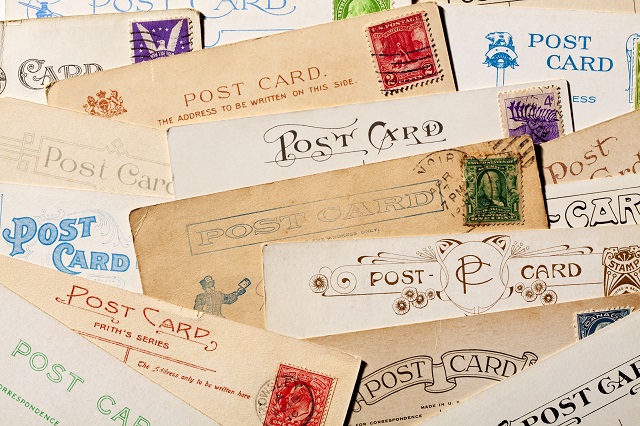
Credit: FlamingPumpkin / Contributor / Getty Images
Tourism is an international industry worth trillions of dollars, which creates hundreds of millions of jobs worldwide — but that wasn’t always the case. In his book, “A History of Modern Tourism,” University of New England history professor Eric Zuelow walks us through the story of how we learned to love travel. From diplomacy, to new technologies like steam power, to a growing need for adventure and self-expression, tourism has become a global phenomenon with a huge impact on the places we love to visit and the environment.
Three Takeaways
- Humans have always traveled, but the idea that travel was something to be experienced for learning, leisure, or experiential purposes largely dates back to the "Grand Tour" of the 17th and 18th centuries, when elite Europeans began to travel for educational and diplomatic reasons. The connection between ambassadorship and tourism grew as governments began creating tourism bureaus after WWII and continued to do so during the Cold War.
- As we began to vacation more, travel destinations realized that American tourists paradoxically wanted both quaintness and pristine modern amenities. In response, many cities catered to our tastes by installing brand new cobblestone streets, gas streetlights, flower boxes, and provided incentives for neighborhoods to beautify.
- Traveling for vacation continues to grow by leaps and bounds as tourists seek unique experiences. The global tourism industry has grown by more than 5 percent every year for the last 30 years with more than 1.4 billion tourist arrivals in 2018 alone.
More Reading:
- Every year, thousands of people attempt to conquer Mount Everest, but the toll that these climbers take on the mountain has begun to show. From abandoned equipment to increased deaths (due to overcrowding on the trails) to inexperienced climbers attempting the summit, things are looking rather grim on the highest mountain in the world.
- Today, tourism is increasingly focused on providing unique and personalized experiences. It’s a huge market and both the industry and the environment are struggling to keep up with the demand, leading locals at some travel destinations to launch protests against the “overtourism” they are experiencing — or even move away.
- In the United States, some of our love for travel stems from the rise of affordable cars and the subsequent American car trips that became possible for families to take. Travel experiences varied tremendously based on the color of the traveler’s skin though, as exhibited in the film “Green Book,” which was based on a real story.
- Centuries ago, pale skin was the supposed ideal look, but you can now find bronzers on any cosmetics shelf. Vanity Fair has an article on how the tan became the new craze when Coco Chanel came home with a “vacation glow” in the 1920s.

